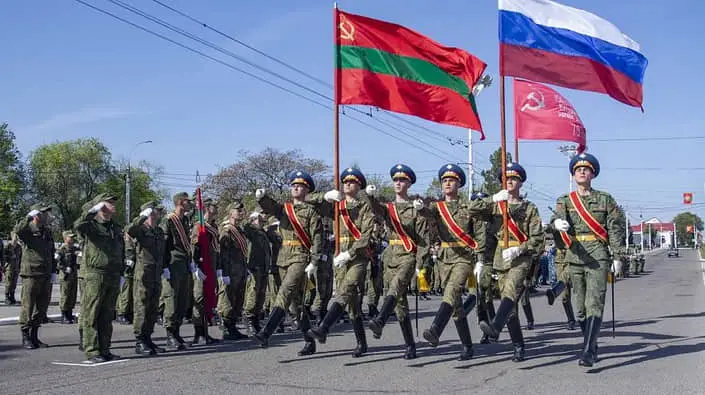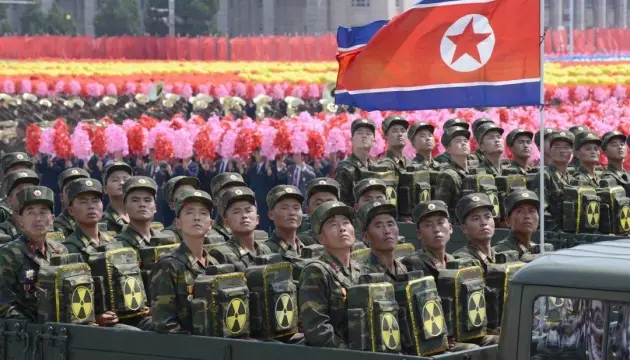Elimination of Transnistria: Scenarios for the Forced Unification of Moldova and Their Consequences

What consequences would the capture of the region by the Armed Forces of Ukraine bring?
Among international armed conflicts, each case is unique, even if the aggressor state is the same. A vivid example is the difference between russian aggression in Ukraine and the situation in Moldova. These two narratives differ on all fronts, including public sentiment and international context.
Despite this, discussions in Ukraine often revolve around the option of resolving the Transnistrian conflict through military operation. Proponents of this idea believe that a military operation by the Ukrainian Armed Forces could eliminate russian troops in Transnistria, which would, in turn, lead to the reintegration of this region under Moldova’s control. They are convinced that removing the source of instability on Ukraine’s southwestern border would positively impact regional security.
However, few consider the potential negative consequences of such an operation, as military intervention could not only worsen the situation but also lead to the emergence of new conflicts threatening both Moldova and Ukraine.
Key Aspects of the Conflict
Transnistria is an unrecognized entity on the left bank of the Dniester River, which has been outside Chisinau's control since 1990. Although the region declared its "independence," no UN member state, including russia, recognizes its status. It is important to note that there is no strong demand for the reintegration of this region within Moldovan society. Following the 1992 war, which Moldova lost, most citizens approach the issue of returning Transnistria with caution rather than as a priority.
The military logic justifying the possibility of an operation in Transnistria is based on the impression of limited Russian military resources in the region. However, such actions could have serious negative consequences for Ukraine. Direct military intervention would be perceived as aggression against Moldova, jeopardizing support from international partners.
Consequences of Military Intervention
Let’s assume that the Armed Forces of Ukraine do indeed decide to eliminate the russian military presence in Transnistria. This could escalate the conflict and weaken pro-European forces in Moldova, which, in turn, would threaten stability along Ukraine’s borders. The Moldovan President, lacking sufficient support for military actions, risks losing popularity and emphasizing the connection between war and European integration.
Alternative Scenarios
While military intervention is not ruled out, there are also alternative scenarios for reintegration. One possibility involves peaceful negotiations that could resolve the issue without armed conflict. Another option is to apply economic pressure on Transnistria, as the region depends on russian gas. However, this dependency could become a vulnerability. Explosions or destruction of gas transportation networks could significantly affect Transnistria’s economy, creating conditions for a change in leadership.
Conclusions
The elimination of Transnistria is a complex issue that requires careful analysis of various scenarios and consequences. Military intervention could have serious negative repercussions not only for Moldova but also for Ukraine, complicating the situation on the southwestern border. Resolving the conflict requires a balanced approach that considers both internal and external factors affecting security in the region.
Thus, the possibility of forced unification of Moldova remains open, but to achieve stability, it is crucial to avoid coercive scenarios and seek diplomatic solutions.













